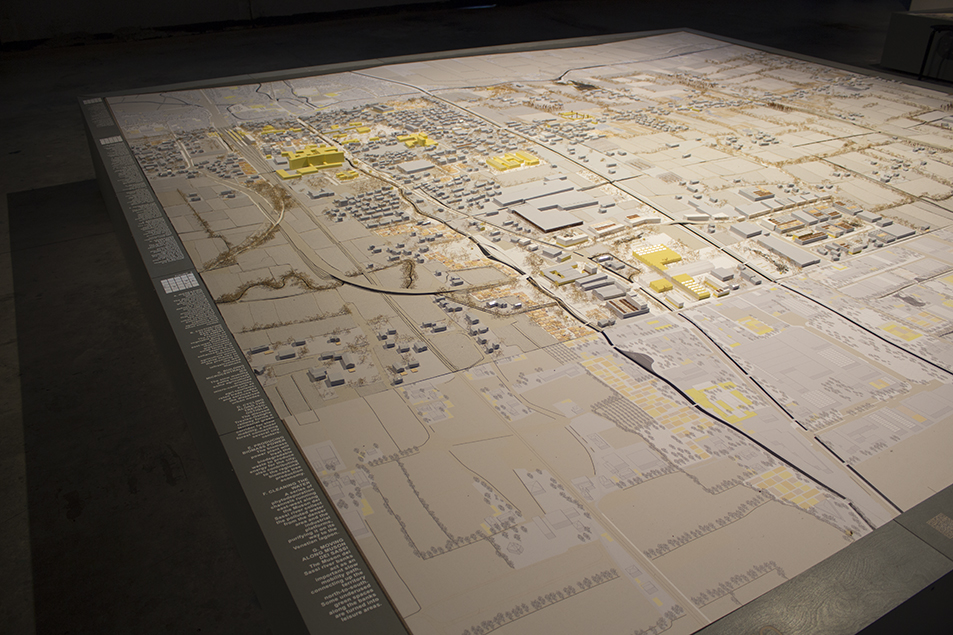HORIZONTAL METROPOLIS

TEAM
TEAM
The Horizontal Metropolis is an oxymoron to conjugate the traditional idea of metropolis (the center of a vast territory, hierarchically organized, dense, vertical, produced by polarization) with horizontality
(the idea of a more diffuse, isotropic urban condition, where center and periphery blur). The Horizontal Metropolis refers to closely interlinked, co-penetrating rural/urban realms, communication, transport and economic systems. It is a city-territory and it works today as natural and spatial capital and as an agent of transformation, it is the support and place of potentiality.
(the idea of a more diffuse, isotropic urban condition, where center and periphery blur). The Horizontal Metropolis refers to closely interlinked, co-penetrating rural/urban realms, communication, transport and economic systems. It is a city-territory and it works today as natural and spatial capital and as an agent of transformation, it is the support and place of potentiality.
The project of a Horizontal Metropolis has come to the fore at different times throughout the history of urbanism, of city planning and regional design. The hypothesis of the Horizontal Metropolis as renewable resource is investigated through the elaboration of models and axonometric representations which take the twelve-foot (3.65 × 3.65 m) scale model of Broadacre City, elaborated by Frank Lloyd Wright with his apprentices at Taliesin, as a frame for radical design investigation. 80 years after it was first exhibited in New York at Rockefeller Center (1935), this model defines a research protocol that has been used in five different contexts to explore, in space, the socioeconomic transition as well as strategies of mitigation and adaptation to climate change in time.
The Horizontal Metropolis is a vision for planetary urbanization where processes of polarization and hierarchization are weakening horizontal networks, disconnecting and marginalizing territories and populaons; where no ‘outside’ exists anymore and the urban ecosystem is compelled to offer proof of its sustainability
TEAM
TEAM
Team